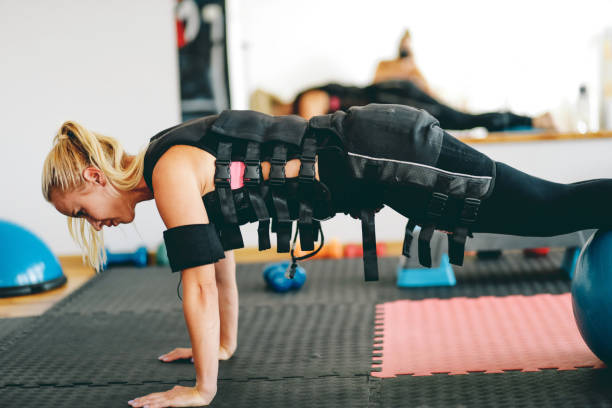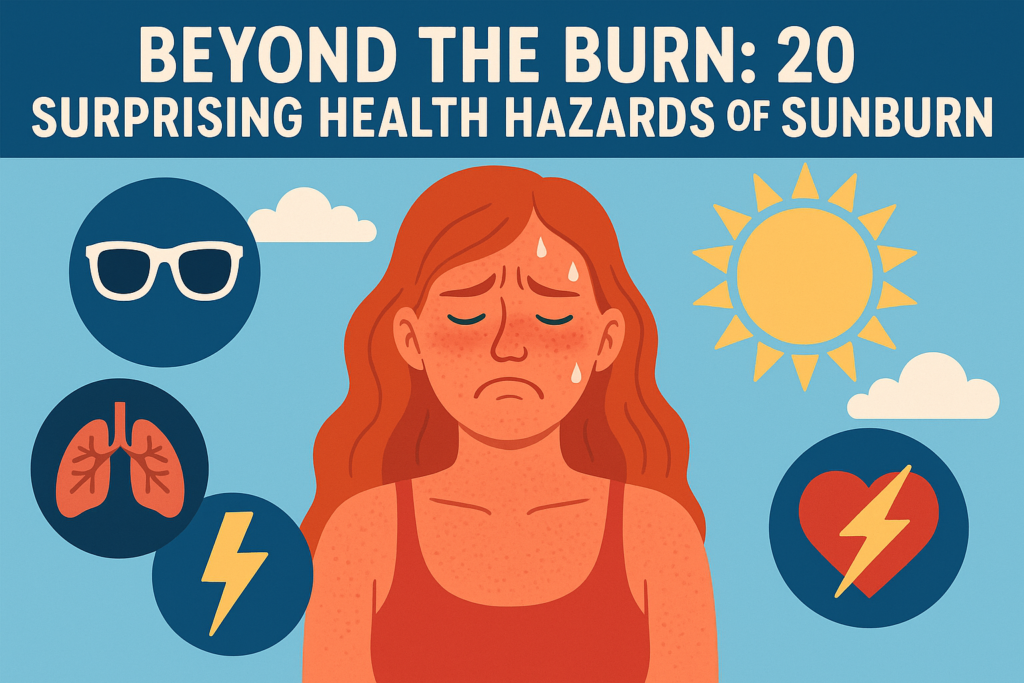The stormy season brings flooding and other problems to numerous areas of Thailand. Besides casing and transportation issues, waterborne ails are incontrovertibly common. In similar cases, these conditions can affect and lead to infections. Below are some details on flood tide- related ails to help you help and manage them.
It’s time to be alert to these conditions!!!
1. Beriberi

This condition is caused by contact with sick water or dragged wearing of sick apparel. Symptoms include cracked and shelling skin on the bases, pocks, itching, and thickened toenails. There’s a threat of complications from dermatitis.
The forestallment system is to dry your feet.However, wipe the crack area with alcohol first, and also use detergent, If there’s a crack.
2. Flu and viral snap
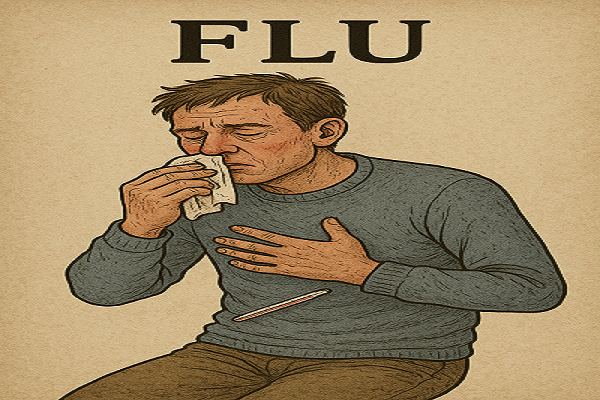
The infection can do in people of all periods, and symptoms include respiratory symptoms, foam, slaver, fever, headache, pangs, sneezing, and fatigue.
Prevention styles include wearing a mask when sneezing and drinking plenitude of warm water.However, seek medical treatment incontinently, If a fever persists for further than 7 days.
3. Pneumonia
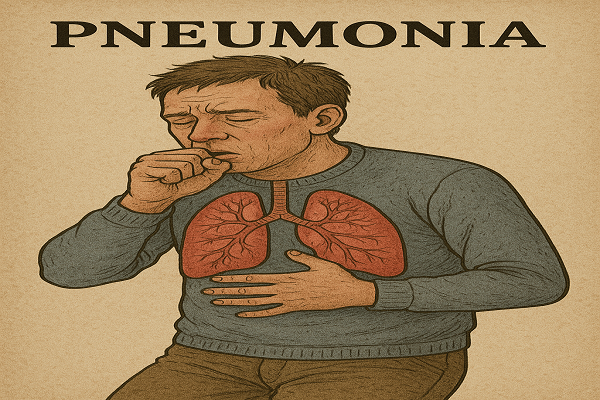
A lung infection caused by gobbling suspected polluted substances, similar as dirty water, is characterized by high fever, severe coughing, rapid-fire breathing, pale or dark green lips and skin, as well as doziness and irritability.However, seek medical attention as soon as possible, If these symptoms do.
4. Conjunctivitis
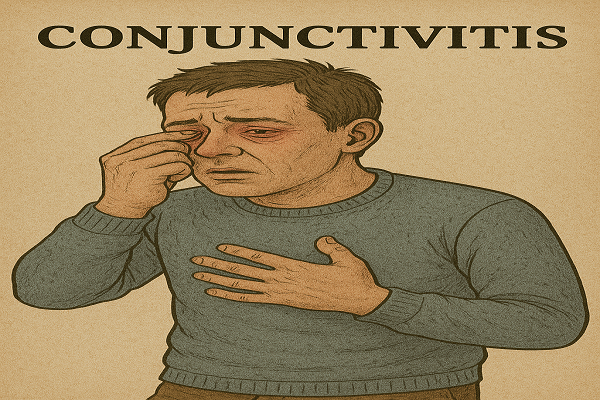
Children are susceptible to infection, but it’s generally not serious. The cause is a viral infection, which can develop into a secondary bacterial infection if left undressed. Symptoms of eye vexation, similar as eye pain, tearing, eyelid lump, photophobia, and discharge, appear 1- 2 days after infection. With proper treatment, the course of the complaint is 1- 2 weeks. shy care can lead to complications similar as keratitis.
The forestallment system is to wash your eyes after contact with dust, wash your hands constantly, and avoid rubbing your eyes when your eyes are uncomfortable.
5. Gastrointestinal conditions

This complaint is frequently caused by ingesting food or water, similar as raw food defiled by canvases or food left overnight that has gone bad. Symptoms include diarrhea( loose droppings that may contain blood) and vomiting. Cholera cases frequently have watery droppings and severe symptoms.
Food poisoning is frequently accompanied by stomach pain, diarrhea, nausea, puking, headache, and muscle pangs. Dysentery causes blood in the coprolite and is accompanied by fever, abdominal pain, and rectal discomfort. Typhoid fever symptoms include fever, loss of appetite, constipation, muscle pangs, and headache.
Prevention styles include frequent hand washing, choosing clean food, and icing there’s no trash around tableware to help canvases from parentage. Cases should drink plenitude of fluids and consume fluids, including oral rehydration mariners( ORS).
6. Leptospirosis

Leptospirosis is a zoonotic complaint, with rats being the primary carriers. Infection originates from stagnant water defiled by beast urine. It’s transmitted through cuts, injuries, or the eyes, nose, mouth, or skin that has been submerged in water for extended ages. Four to ten days after infection, high fever, severe muscle and reverse pain, and headaches appear. Some people also witness red eyes, sore throat, loss of appetite, and diarrhea. Immediate medical attention is essential, as failure to do so can lead to meningitis, myocarditis, and indeed death.
Prevention styles include wearing leakproof thrills and drawing the living terrain to help rats from parentage.he stormy season brings flooding and other problems to numerous areas of Thailand. Besides casing and transportation issues, waterborne ailments are incontrovertibly common. In similar cases, these conditions can affect and lead to infections. Below are some details on flood tide-related ails to help you help and manage them.
It’s time to be alert to these conditions!!!
7. Dengue fever
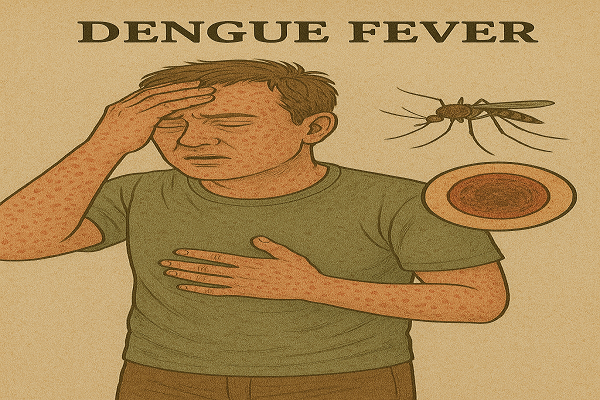
Mosquitoes are the primary vector of transmission and are extensively distributed. Symptoms include patient high fever, facial flushing, and erythema each over the body, followed by a subsidence of the fever. Special care is needed, as severe symptoms similar as coughing up blood, melena, shock, and indeed death may do.
Do n’t take aspirin and be careful to help mosquito mouthfuls.
8. Measles

This complaint, which substantially affects children, is caused by a contagion and generally spreads during the stormy season. Complications can be fatal. It’s spread through sneezing or coughing, or through concealment similar as slaver or mucus. Fever, red eyes, and small white spots on the cheeks appear 8- 12 days after infection.
Prevention is through vaccination and avoiding contact with infected people.
9. Malaria

Transmitted by Anopheles mosquitoes, it’s common in forested areas with natural freshwater sources. Seven to 10 days after infection, it causes a flu- suchlike headache, followed by a high fever, and can be fatal.
In summary, the nine conditions listed over are more likely to infect people during the stormy season or flooding. thus, people in these surroundings should be watchful. Prevention is better than cure, so flash back to maintain good particular hygiene during cataracts and the stormy season.7. Dengue fever
Mosquitoes are the primary vector of transmission and are extensively distributed. Symptoms include the patient’s high fever, facial flushing, and erythema over the body, followed by a subsidence of the fever. Special care is needed, as severe symptoms such as coughing up blood, melena, shock, and indeed death may occur.
Don’t take aspirin and be careful to help mosquito bites.


